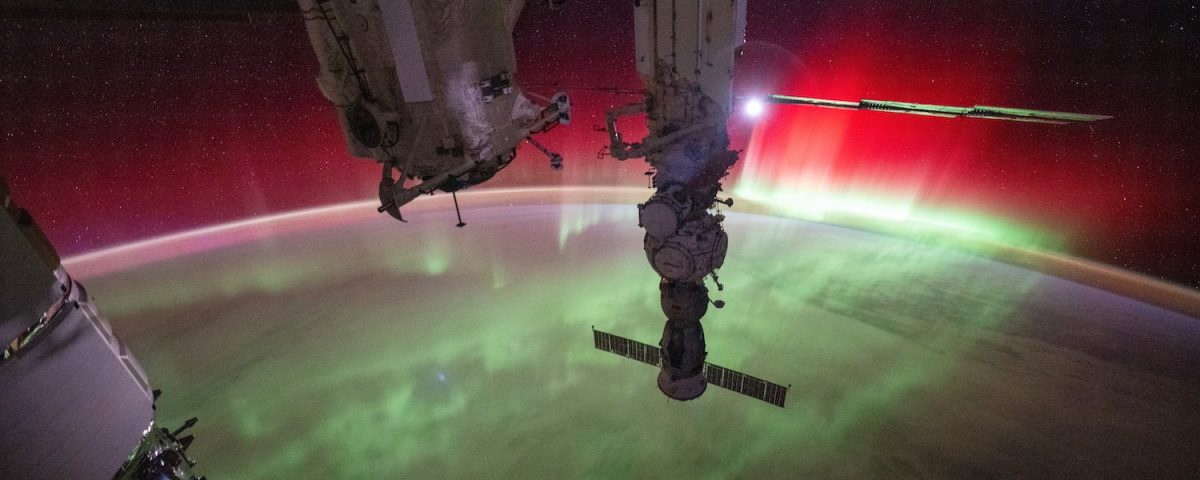Thousands of Satellites Shift Position as the Sun Unleashes Violent Outbursts

You can take a selfie with the Earth using this YouTuber’s satellite
December 30, 2024
The Day the Earth Blew Up‘s First Trailer Teases Looney Tunes‘ Return to the Big Screen
December 30, 2024Thousands of Satellites Shift Position as the Sun Unleashes Violent Outbursts
The recent geomagnetic storms have resulted in a mass migration of satellites in low Earth orbit.
Full Article
The Sun is in its solar maximum, a period marked by intense solar eruptions and bursts of charged particles directed toward Earth. These flare-ups are having a significant influence on our satellites in low Earth orbit, causing them to shift positions in a concerning way. This year, Earth experienced two geomagnetic storms caused by a series of solar eruptions. The solar storms affected the orbits of thousands of satellites, resulting in an unprecedented mass migration, according to William Parker, a researcher at the Massachusetts Institute of Technology, during a presentation at the annual meeting of the American Geophysical Union, SpaceNews reported. Geomagnetic storms are disturbances in Earth’s magnetosphereâa large bubble of magnetic field around our planetâcaused by solar wind. This past May, a G5, or extreme, geomagnetic storm hit Earth as a result of large expulsions of plasma from the Sunâs corona (also known as coronal mass ejections). The G5 storm, the first to hit Earth in more than 20 years, caused some deleterious effects on Earthâs power grid and some spectacular auroras seen across much of the globe. The storm increased atmospheric density in low Earth orbit by up to an order of magnitude, which in turn caused atmospheric drag that affected satellites, according to Parker. The resulting migration of satellites was most noticeable on SpaceX’s Starlink constellation, which includes more than 6,700 satellites in low Earth orbit. “SpaceX saw 20 kilometers [12.4 miles] of position error in their one-day computations,” Parker is quoted in SpaceNews as saying. “If weâre uncertain in where our spacecraft are by 20 kilometers, then you can throw collision avoidance out the window.” The researcher is referring to the risk of having satellites crash into each other in low Earth orbit, a danger that’s typically avoided by precisely tracking the positions of orbiting spacecraft. A satellite’s slight shift in orbits puts it at a greater risk of collision. Following the peak of the storm, some satellites performed automated maneuvers to return to their pre-storm altitudes, correcting the shifts caused by the event. One day after the storm, nearly 5,000 satellites, mostly Starlink, performed orbit-raising maneuvers, according to Parker. “This is half of all active satellites deciding to maneuver at one time,” he said. “This makes it the largest mass migration in history.” The maneuvers make it even harder to predict where the satellites will be from one another, increasing the risk of collision. The Next Decade in Astrophysics Could Reveal Our Solar System’s Biggest Secrets Scientists are still trying to understand the behavior of the Sun in order to better predict the occurrence of these geomagnetic storms, which would help satellite operators prepare their hardware in space.
geomagnetic stormssatellitesthe Sun
Get the best tech, science, and culture news in your inbox daily.
News from the future, delivered to your present.
Please select your desired newsletters and submit your email to upgrade your inbox.
The spacecraft survived scorching temperatures at a record proximity, and is expected to send details of its close call in the new year.
Parker Solar Probe will break its silence on Fridayâthat is, if it survived its closest approach to the Sun.
The imaging satellite was decommissioned two years ago and abandoned to burn up upon reentry through Earth’s atmosphere.
At 3.8 million miles from the Sun’s surface, Parker Solar Probe will be the closest a human-made object’s ever been to our host star.
A survey of Sun-like stars found that they produce a superflare roughly once per century.
The record-breaking milestone takes SpinLaunch one step closer to its goal of flinging satellites into space with a gigantic catapult.
The Best Tech Gifts of 2024 â We may earn a commission when you buy through links on our sites.
©2024 GIZMODO USA LLC. All rights reserved. Mode
Follow us
Mode
Follow us

